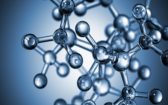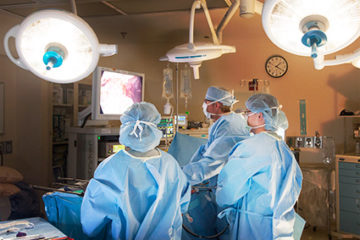Stammzellbehandlung
Stem Cell Therapy Centers
STEM CELL THERAPY CENTERS WhatsApp: +447778936902 , +33745637397, +34670491885 e-mail: head_office@nbscience.com location: Athens, Greece WhatsApp: +447778936902 , +33745637397, +34670491885 e-mail: head_office@nbscience.com location: Freudenstadt, Germany WhatsApp: +447778936902 , +33745637397, +34670491885 e-mail: head_office@nbscience.com APPLICATION OF STEM CELLS FOR THE TREATMENT OF: vascular disease of the lower extremities (occlusive disease, diabetic microangiopathy of the lower extremities (diabetic foot), obliterating atherosclerosis of the Read more…



